The Pacific Northwest, with its stunning natural landscapes, abundant forests, and unique cultural identity, has cultivated a distinct set of design preferences that often feel intrinsically tied to the region. These preferences reflect a deep appreciation for the outdoors, a desire for cozy comfort in a damp climate, and a certain unpretentious practicality. What feels perfectly natural and appealing to residents of Washington, Oregon, and parts of British Columbia might seem quite specific to those from other areas. Exploring these regional nuances offers a glimpse into the PNW’s distinct aesthetic.
1. Abundant Use of Natural Wood (Especially Cedar and Douglas Fir)

The Pacific Northwest is renowned for its towering forests, and this natural abundance is strongly reflected in the region’s architecture and interior design, says Fine Woodworking. The extensive use of natural wood, particularly cedar and Douglas fir, is a hallmark of PNW style. These woods are often left exposed as structural elements, wall paneling, flooring, and even ceiling treatments, celebrating their natural beauty and warmth.
This preference for natural wood stems from both the readily available resources and an aesthetic appreciation for the organic textures and tones they provide. The rich, warm hues and the aromatic qualities of cedar are particularly beloved. While wood is used in homes elsewhere, the sheer prevalence and the way it’s integrated as a dominant design element feel distinctly Northwestern.
2. Emphasis on Natural Light (Even When It’s Grey)
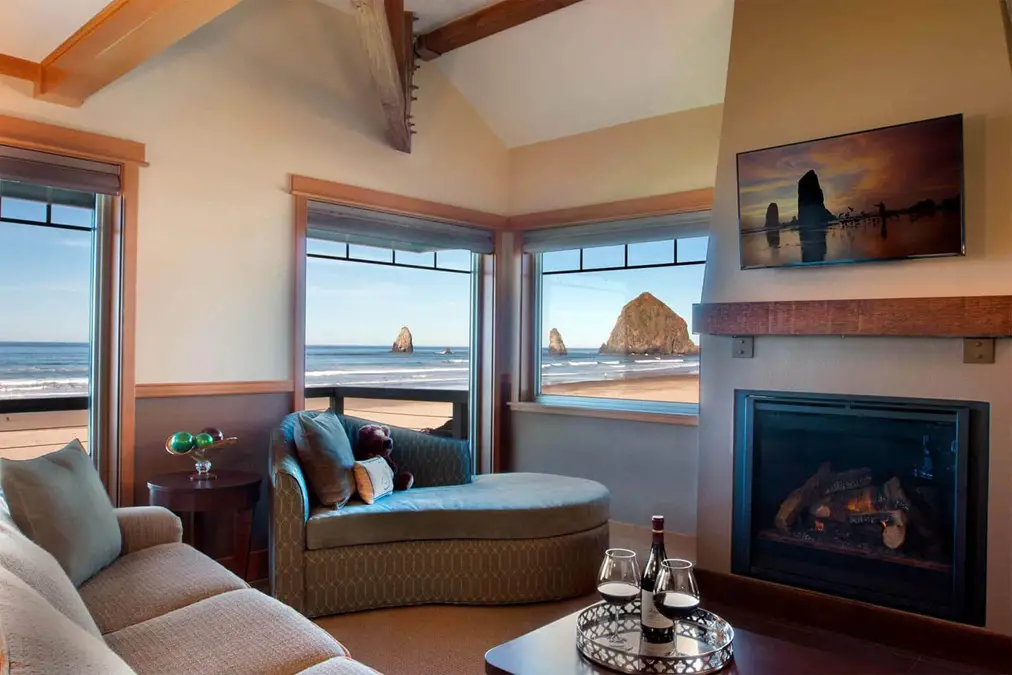
Despite the region’s reputation for overcast skies, Pacific Northwest design places a high value on maximizing natural light whenever possible, notes Aaron Thomas Home. Large windows, skylights, and open floor plans are common, aiming to capture and diffuse the often-soft, filtered daylight. This design choice reflects a desire to connect with the outdoors and brighten interiors during the cloudier months.
This focus on natural light might seem counterintuitive to those from sunnier regions, but it’s a practical and aesthetic response to the PNW climate. Even on a grey day, the subtle variations in natural light are appreciated and sought after in home design.
3. Earthy and Muted Color Palettes (Reflecting the Landscape)
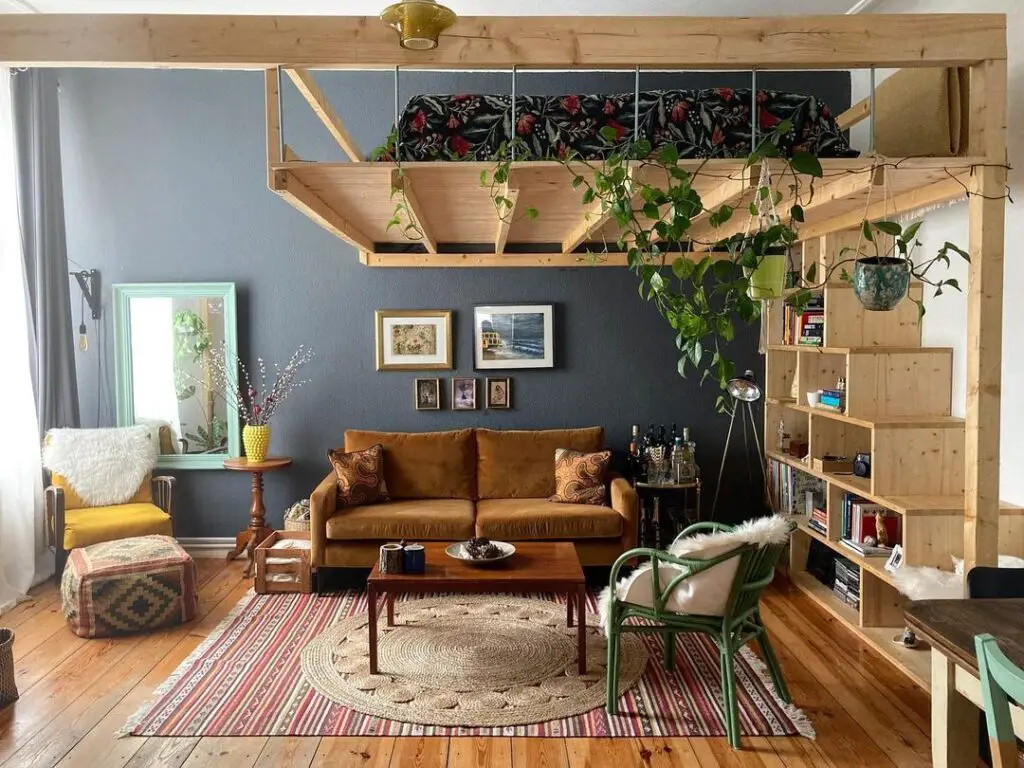
The color palettes favored in Pacific Northwest design tend to be earthy and muted, drawing inspiration from the region’s natural surroundings. Greens of the forests, blues and greys of the water and sky, and browns and beiges of the soil and stone are common, says HGTV. These calming and organic hues create a sense of harmony with the environment.
While natural color palettes are appreciated elsewhere, the specific shades and the way they are combined in PNW design often feel directly linked to the local landscape. The emphasis is on creating a serene and understated atmosphere that echoes the region’s natural beauty.
4. Cozy and Layered Textiles (Combating the Damp Chill)
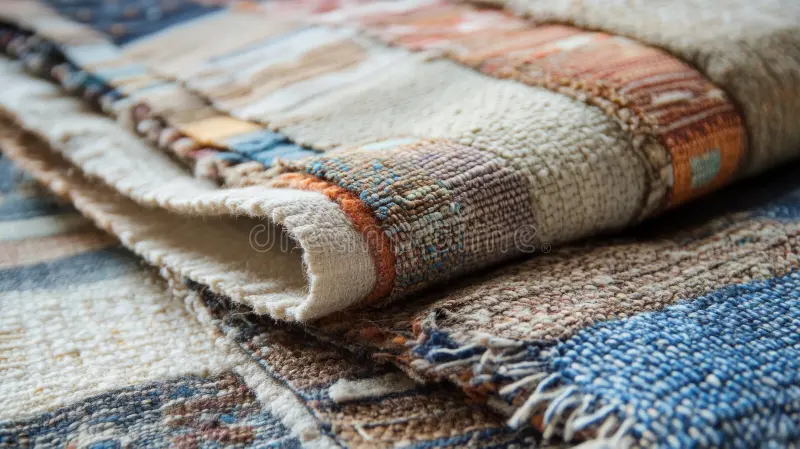
Given the often cool and damp climate of the Pacific Northwest, cozy and layered textiles are essential elements in home design. Wool blankets, chunky knit throws, and plush rugs are common, providing warmth and texture, says Anita Yokota. These layers create a sense of comfort and refuge from the elements.
While cozy textiles are used in homes in other colder regions, the specific types and the way they are integrated into PNW design often reflect the particular kind of damp chill that permeates the area. The emphasis is on creating a warm and inviting sanctuary indoors.
5. Integration of Outdoor Elements Indoors (Bringing Nature In)
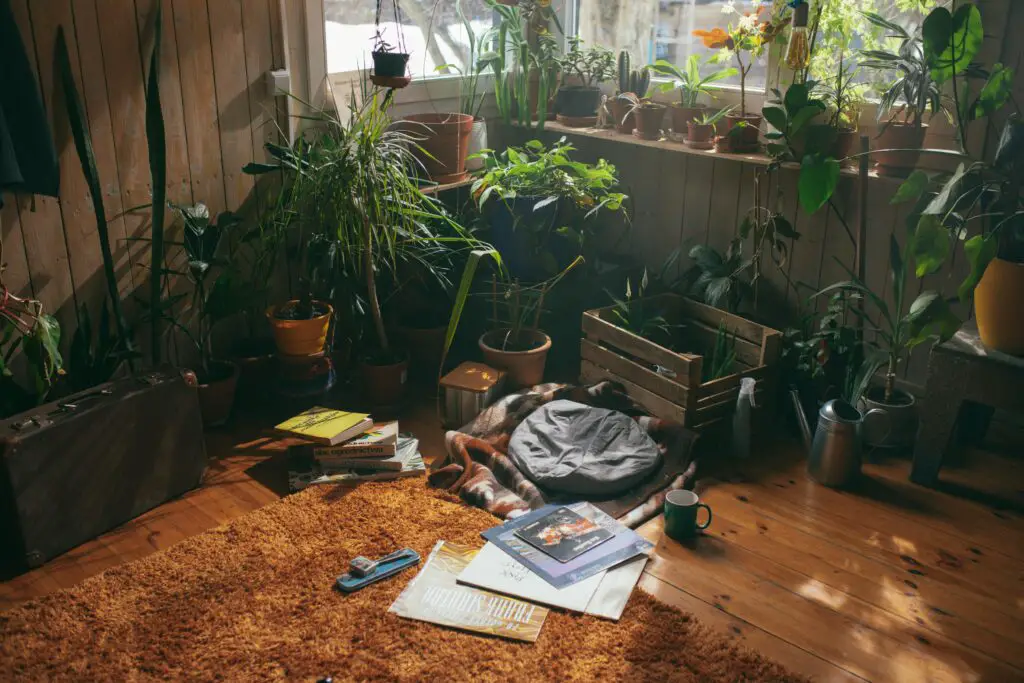
The strong connection to nature in the Pacific Northwest often leads to the incorporation of outdoor elements into interior design. This can include bringing in natural materials like branches, stones, and plants, as well as using nature-inspired artwork and patterns. The goal is to blur the lines between indoor and outdoor spaces.
While biophilic design is gaining popularity elsewhere, the specific ways in which natural elements are integrated into PNW homes often feel particularly organic and reflective of the local flora and fauna. It’s a deep-seated appreciation for the region’s natural beauty brought inside.
6. Emphasis on Local and Sustainable Materials
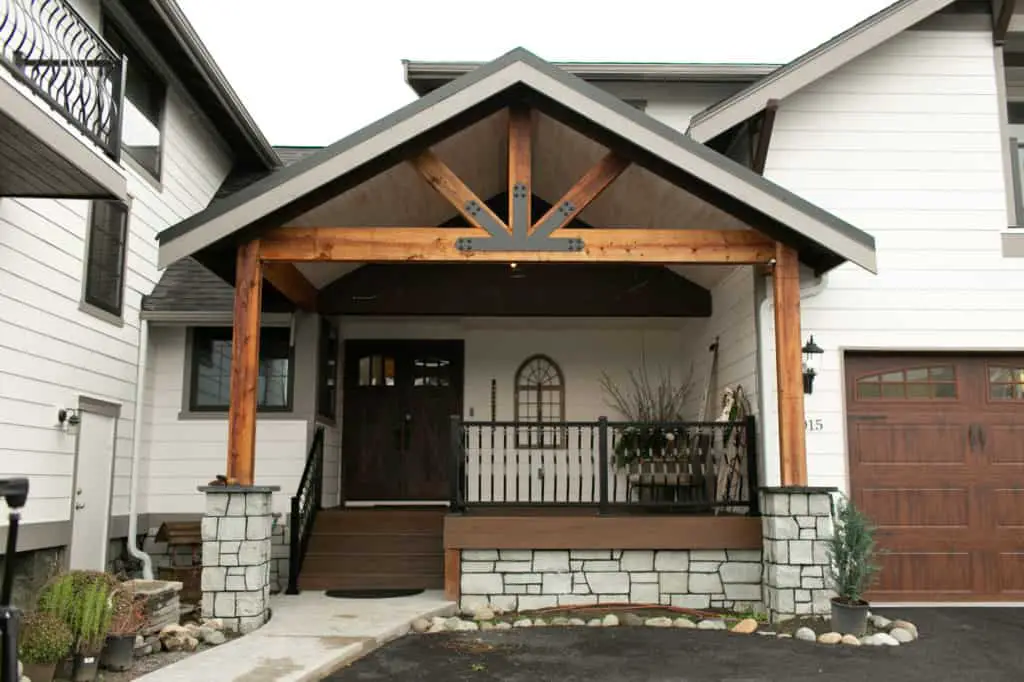
There’s a strong ethos of sustainability and supporting local industries in the Pacific Northwest, which often translates into a preference for locally sourced and sustainable building and design materials. Reclaimed wood, locally quarried stone, and eco-friendly textiles are often favored choices.
This commitment to local and sustainable materials might be present in other regions, but it feels particularly ingrained in the design culture of the PNW. It reflects a deep respect for the environment and a desire to support the regional economy.
7. Minimalist and Uncluttered Spaces (Intentional Simplicity)
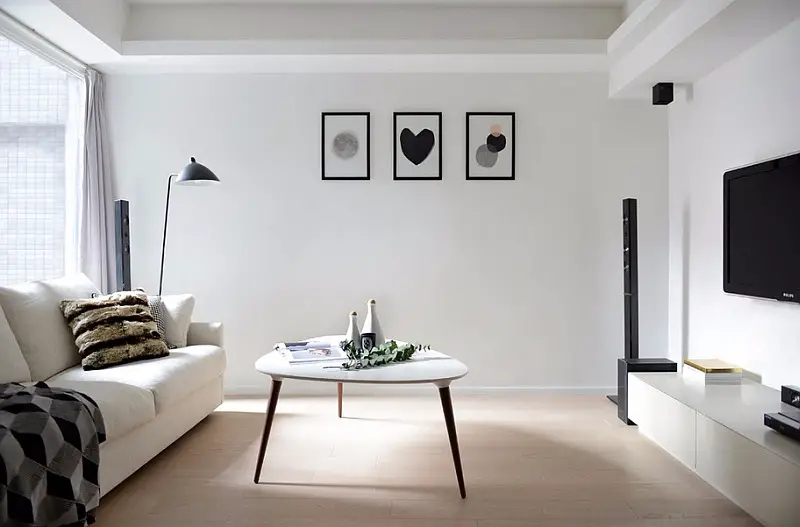
While cozy, Pacific Northwest design often embraces a sense of minimalism and uncluttered spaces. This reflects a desire for simplicity and functionality, allowing the natural materials and the surrounding environment to take center stage. Ornamentation is often kept to a minimum, with a focus on quality over quantity.
This intentional simplicity might be found in other design styles, but in the PNW, it often feels connected to a desire to live in harmony with nature and avoid unnecessary distractions. The focus is on creating calm and serene interiors.
8. Wood-Burning Stoves or Fireplaces (For Warmth and Ambiance)
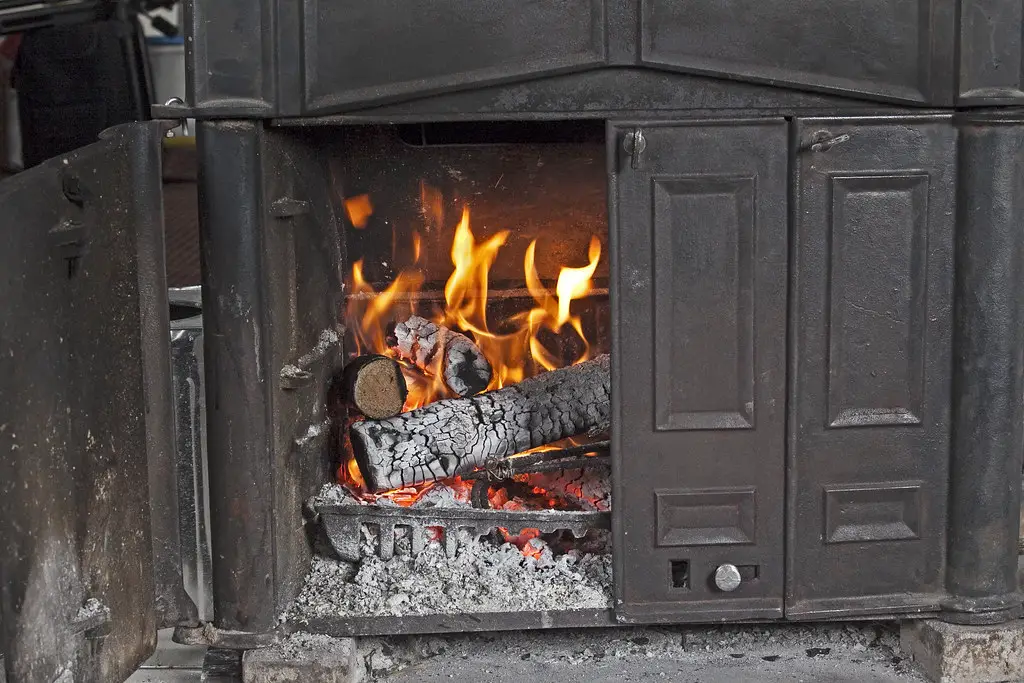
Given the cooler temperatures and the desire for a cozy atmosphere, wood-burning stoves or fireplaces are a common and often central feature in Pacific Northwest homes. They provide both practical warmth and a focal point for gathering. The crackling fire adds to the hygge-like ambiance often sought after in the region.
While fireplaces are common elsewhere, the specific emphasis on wood-burning stoves as a primary heat source and a design element feels particularly Northwestern, reflecting both practicality and a love for the rustic charm of a real fire.
9. Rain Chains Instead of Traditional Gutters (Aesthetic Functionality)
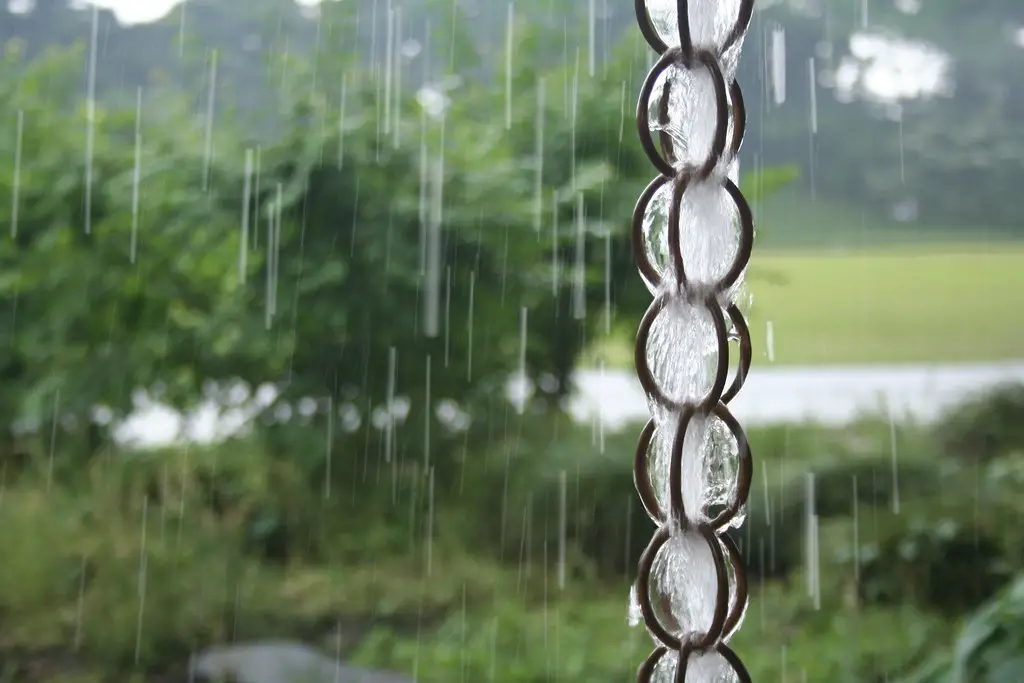
While gutters are necessary in the rainy Pacific Northwest, some homes opt for rain chains as a more visually appealing alternative. These chains guide rainwater down to the ground in a gentle cascade, adding a unique aesthetic element to the exterior while still serving a functional purpose.
Rain chains might be found in other regions, but their relative prevalence in the PNW reflects a design sensibility that appreciates the beauty in functional elements, turning a necessity into an artful detail.
10. Covered Entryways and Porches (Protection from the Elements)
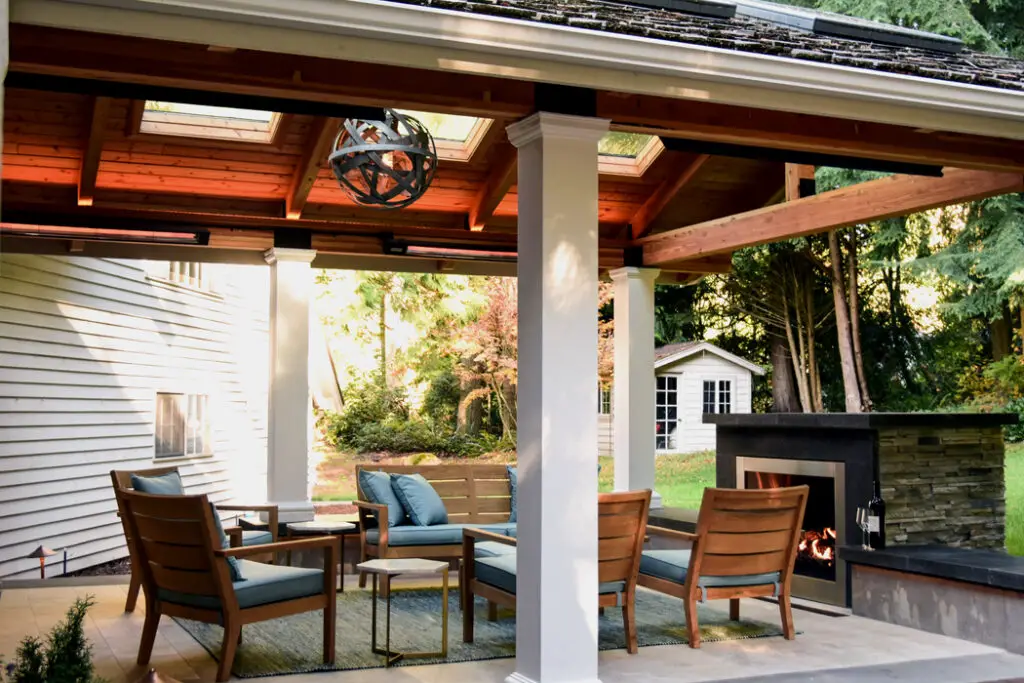
Given the frequent rain, covered entryways and porches are a practical and common feature in Pacific Northwest homes. These sheltered spaces provide a dry transition between the outdoors and indoors, offering protection from the elements while entering or leaving the house.
While covered porches are found elsewhere, their ubiquity and often generous size in the PNW underscore the importance of accommodating the region’s wet climate. They are a functional necessity that has become a standard design element.
11. Art Featuring Local Landscapes and Wildlife
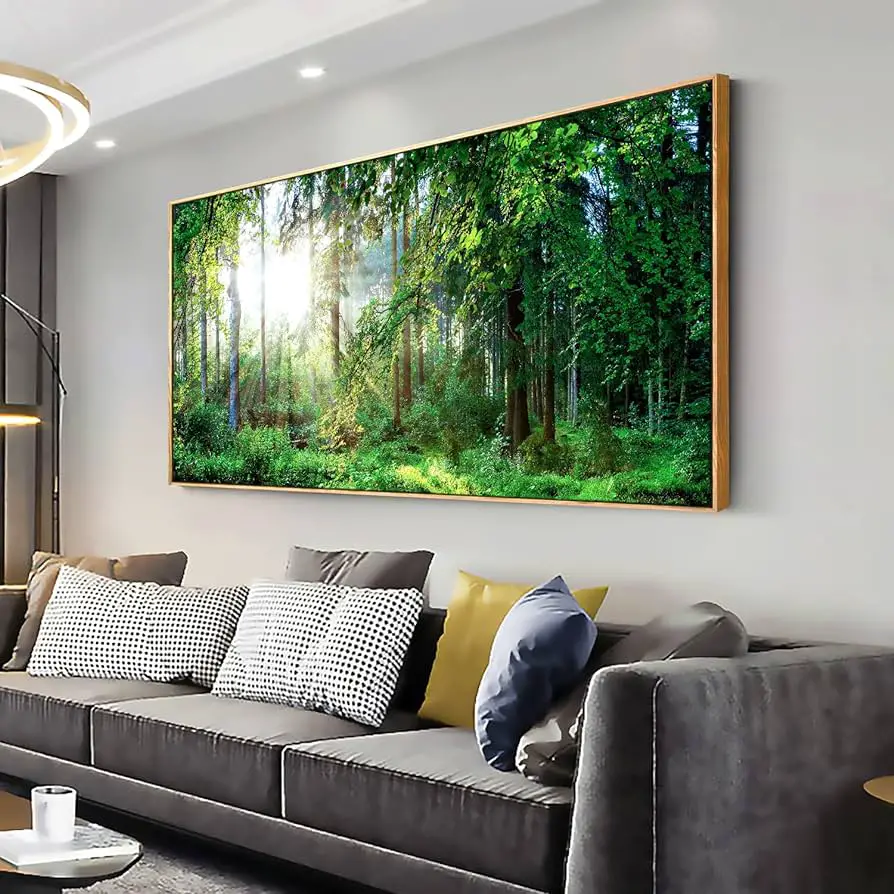
Artwork depicting the stunning landscapes and diverse wildlife of the Pacific Northwest is a common decorative element in homes throughout the region. Paintings, photographs, and sculptures celebrating the mountains, forests, and marine life are frequently displayed, reinforcing the connection to the local environment.
While nature-inspired art is popular in many places, the specific focus on the unique flora, fauna, and geography of the PNW feels distinctly regional, showcasing a deep appreciation for the local surroundings.
12. Durable and Easy-to-Clean Materials (Practicality for an Active Lifestyle)
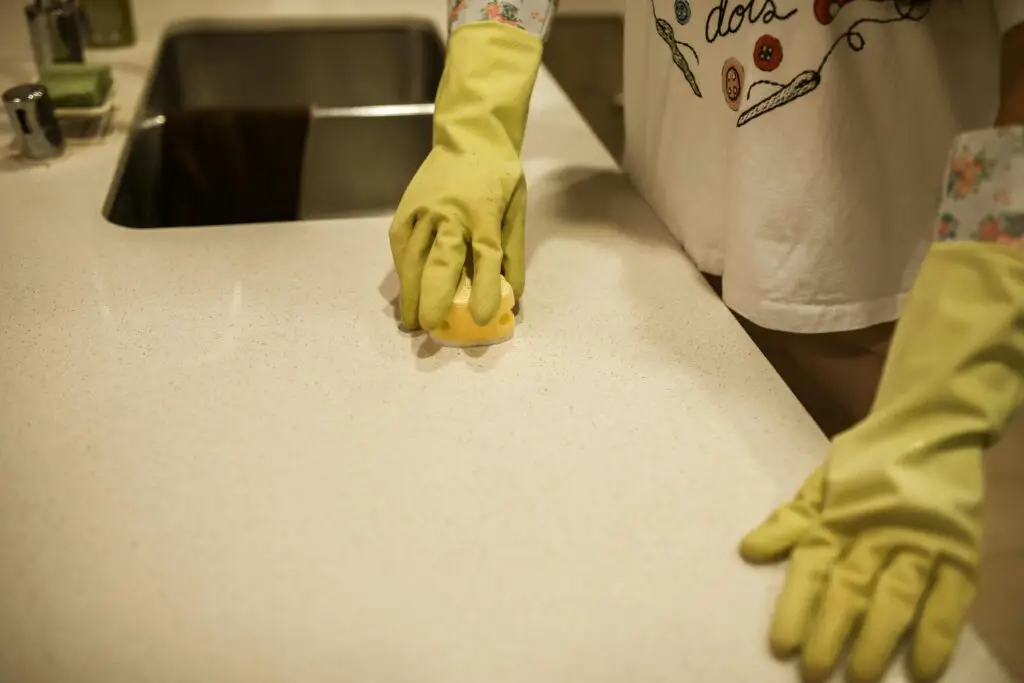
The Pacific Northwest is a region that embraces an active outdoor lifestyle, and this practicality often extends to home design. Durable and easy-to-clean materials, such as hardwood or tile floors and wipeable surfaces, are favored to accommodate muddy boots and wet gear.
While durability is valued in homes everywhere, the specific emphasis on materials that can withstand the rigors of a frequently damp and outdoor-oriented lifestyle feels particularly Northwestern. It’s a design approach that prioritizes functionality without sacrificing style.
13. Exposed Wood Beams and Architectural Details
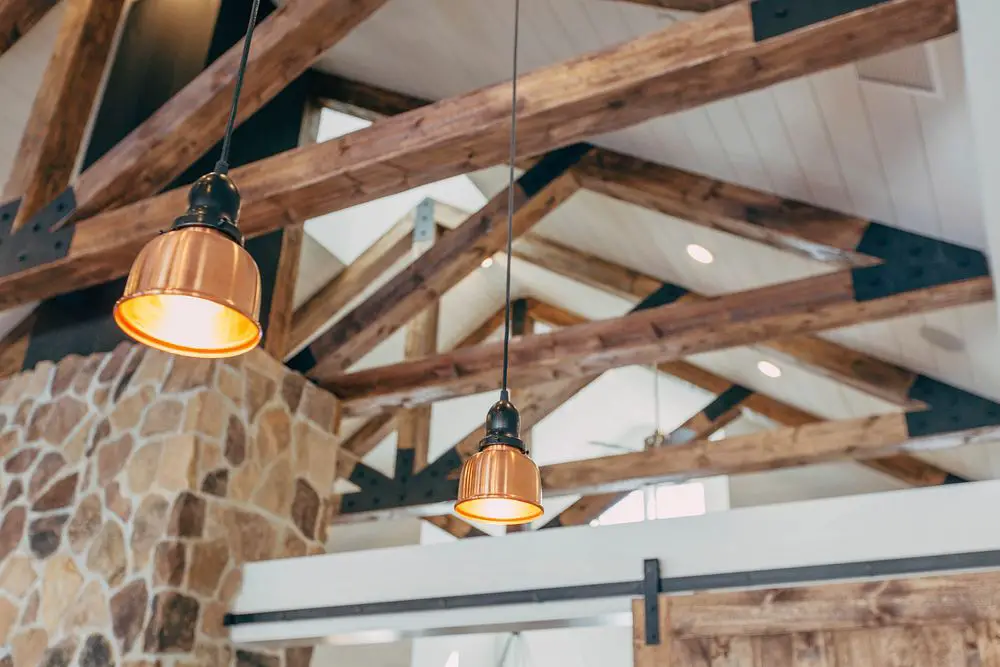
Celebrating the structural elements of a home is a common design preference in the Pacific Northwest. Exposed wood beams, rafters, and other architectural details are often left visible, showcasing the craftsmanship and the natural beauty of the materials. This creates a sense of authenticity and connection to the building’s construction.
While exposed beams can be found in other architectural styles, their prevalence and integration as a key design feature in PNW homes feel particularly intentional, highlighting the region’s appreciation for natural materials and honest construction.
14. A Lack of Ostentation and Flashiness (Understated Elegance)

Overall, Pacific Northwest design tends to favor an understated elegance over overt displays of wealth or flashiness. The focus is on quality materials, thoughtful design, and a comfortable, livable aesthetic. There’s often a sense of humility and a preference for natural beauty over artificial embellishment.
This lack of ostentation might be a personal preference found anywhere, but in the Pacific Northwest, it feels like a broader cultural inclination that permeates the design ethos, valuing authenticity and a connection to the natural world above all else.
